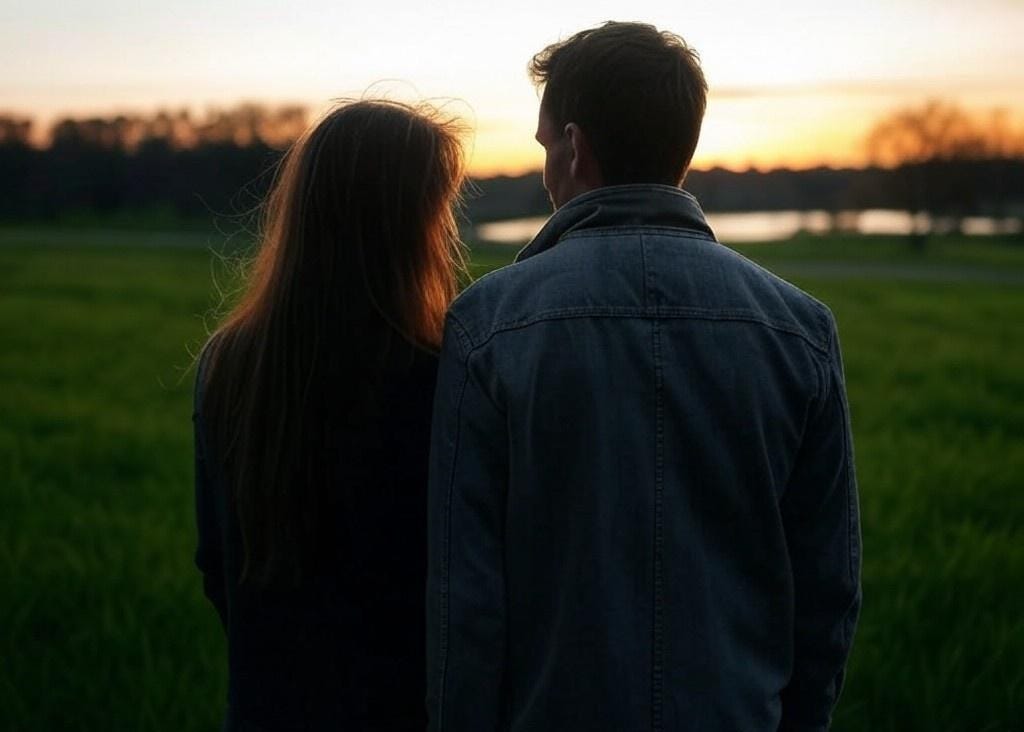Towards Wholeness
It is no secret that our relationships with our parents during our formative years shape the subconscious frameworks through which we navigate all subsequent intimate relationships. This is logical - relational wounds often require intimate connections to heal. To fall in love is to bare the most tender parts of ourselves - exposing them to the possibility of transcendent joy or unfathomable pain.
Children enter the world with an intrinsic capacity for unconditional love towards their parents - a love that may be subtly or overtly fractured by the actions of those parents, either in part or in whole. Crucially, an outwardly "healthy" home environment does not guarantee the absence of emotional scars - the wounds we carry are often invisible - born of unmet needs, miscommunications, or the natural failings of human connection. The truth is that to be loved in precisely the way we desire is one of life’s most profound challenges. This is the ultimate lesson - to learn how to love ourselves so deeply that we can show others how to love us.
We are instinctively drawn to those who mirror our internal wounds. The people we find ourselves most captivated by often act as signposts, directing our subconscious towards the areas within us that crave healing. Perhaps a part of the inner child still yearns to rewrite the narrative of love - striving to make sense of what was once experienced as unconditional but ultimately proved conditional. The difficulty lies in how adept we’ve become at self-protection - how we’ve cauterised our wounds so effectively that we’ve mistaken it for true healing. Yet love, in its profound complexity, has the potential to guide us back to these raw and unresolved spaces - allowing us to reshape the narratives of our past with greater maturity and nuance.
For instance, consider a woman raised by a father who was emotionally distant and sporadically absent. She might find herself drawn to aloof men, recognising in them echoes of her father’s detachment. Through loving such a man, she begins to glimpse his internal struggles - his discomfort with emotional expression and his tendency to suppress vulnerabilities. In these revelations, she draws parallels to her father’s own buried wounds and while this does not excuse his behaviour, it allows her to make peace with it. Similarly, a man who grew up with a narcissistic mother prone to fiery tempers might gravitate towards passionate volatile women. Over time, he realises that the intensity he is drawn to is a mirror of his childhood environment. Through the emotional turbulence of such a relationship, he begins to understand that his woman’s volatility is a survival mechanism born of her own unresolved pain. In turn, he too recognises his mother’s struggles - not to absolve her, but to contextualise his experiences.
In these moments of insight, the resentment and anger that once defined the narrative of childhood pain begin to dissolve. Through love, we come to see that the wounds of our youth are often one-dimensional, formed at a time when we had a limited understanding of the world’s complexities. The individuals who hurt us were, more often than not, grappling with their own unresolved pain - pain they may not have known how to process. This understanding does not excuse harmful actions, nor does it necessitate forgiveness - but it offers us the possibility of peace.
So, go forth and love fearlessly - for the relationships we cultivate are profound opportunities for growth and healing. No relationship is perfect, yet each carries the potential to expand our self-awareness and deepen our gratitude for the lessons we receive. And as Alain de Botton wisely observed, sometimes relationships conclude not as tragedies but as completions - because we have learnt all that the other person was meant to teach us. In the end, love is not only an act of connection but also a journey towards wholeness.

